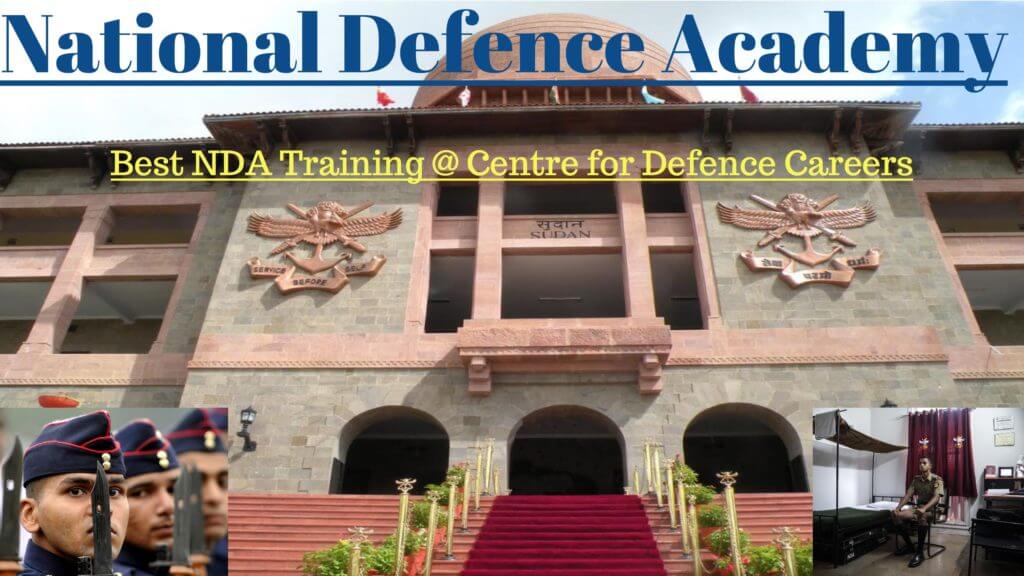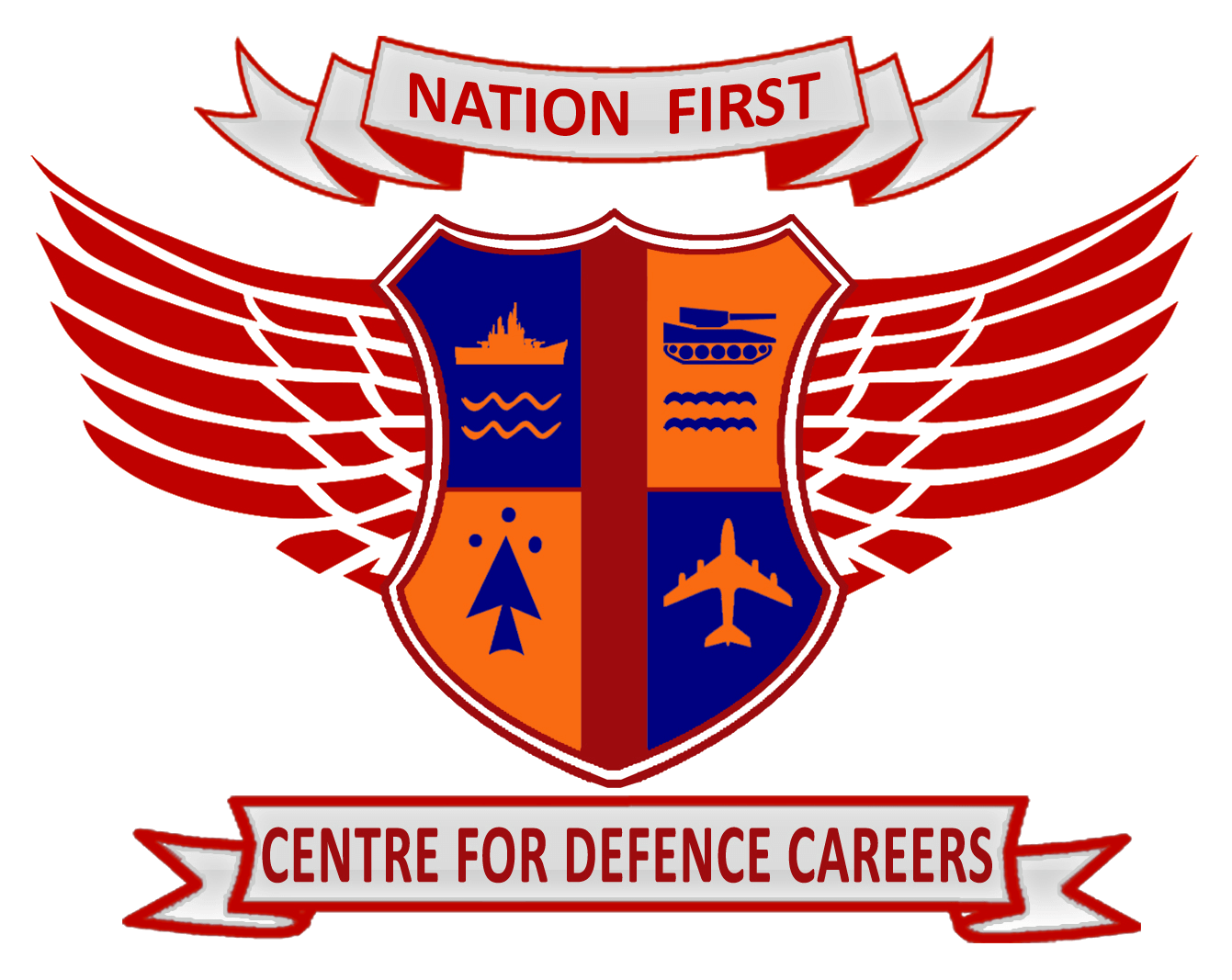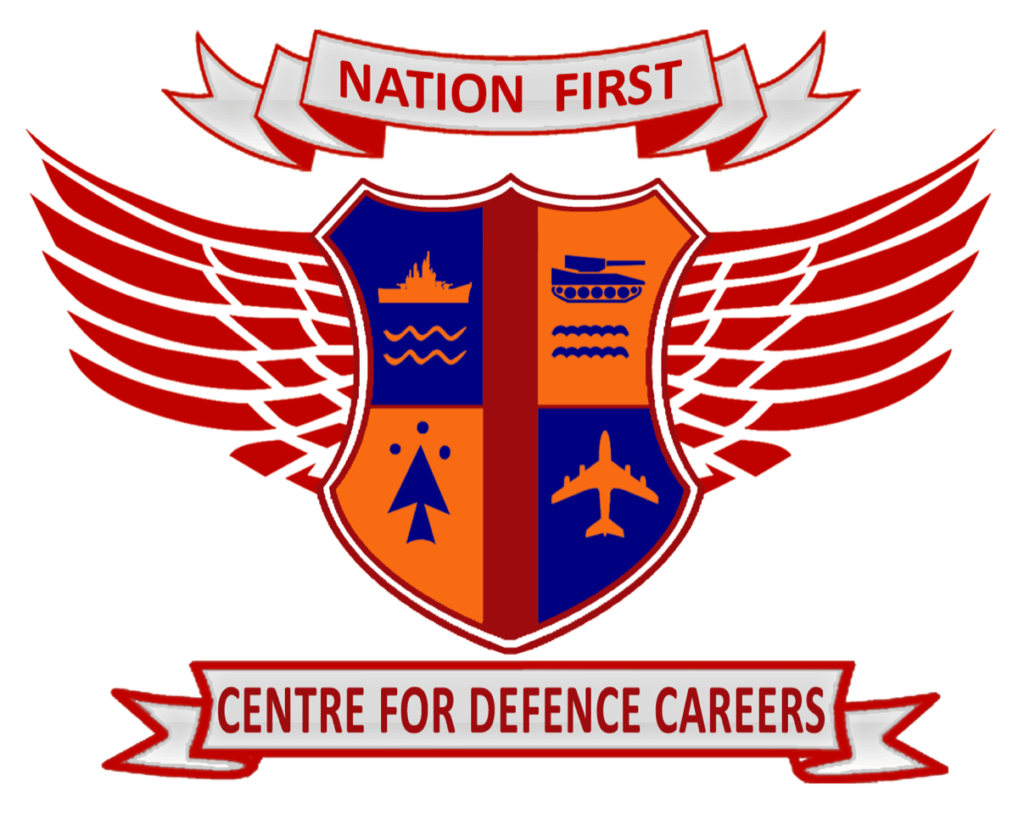| 1 |
Physics |
- Physical Properties And States Of Matter
- Mass, Weight, Volume
- Density, Specific Gravity
- Principle Of Archimedes
- Pressure Barometer
- Motion Of Objects
- Velocity And Acceleration
- Newton’s Laws Of Motion
- Force And Momentum
- Parallelogram Of Forces
- Stability And Equilibrium Of Bodies
- Gravitation
- Elementary Ideas Of Work
- Power and Energy
- Effects Of Heat
- Measurement Of Temperature And Heat
- Change Of State And Latent Heat
- Modes of Transference of Heat.
- Sound Waves And Their Properties
- Simple Musical Instruments
- Rectilinear Propagation Of Light
- Reflection and Refraction
- Spherical Mirrors and Lenses
- Human Eye
- Natural And Artificial Magnets
- Properties Of A Magnet
- Earth as a Magnet
- Static And Current Electricity
- Conductors And Non-Conductors
- Ohm’s Law Simple Electrical Circuits
- Heating
- Lighting And Magnetic Effects Of Current
- Measurement Of Electrical Power
- Primary And Secondary Cells
- Use of X-Rays
- General Principles In The Working Of -Simple Pendulum, Simple Pulleys, Siphon, Levers, Balloon, Pumps, Hydrometer, Pressure Cooker, Thermos Flask, Gramophone, Telegraphs, Telephone, Periscope, Telescope, Microscope, Mariner’s Compass; Lightening Conductors, Safety Fuses.
|
| 2 |
Chemistry |
- Physical and Chemical Changes
- Elements Mixtures And Compounds Symbols Formulae
- Simple Chemical Equations, Law Of Chemical Combination (Excluding Problems)
- Properties Of Air And Water
- Preparation And Properties Of Hydrogen, Oxygen, Nitrogen, Carbon Dioxide, Oxidation, And Reduction
- Acids Bases And Salts
- Carbon – Different Forms
- Fertilisers – Natural And Artificial
- Material Used In The Preparation Of Substances Like Soap Glass Ink Paper Cement Paints Safety Matches And Gun-Powder
- Elementary Ideas About The Structure Of Atom Atomic Equivalent And Molecular Weights Valency
|
| 3 |
General Science |
- Difference Between The Living And Non-Living
- Basis Of Life – Cells, Protoplasm’s And Tissues
- Growth And Reproduction In Plants And Animals
- Elementary Knowledge Of Human Body And Its Important Organs
- Common Epidemics, Their Causes And Prevention
- Food – Source Of Energy For Man. Constituents Of Food, Balanced Diet
- The Solar System – Meteors And Comets, Eclipses
- Achievements Of Eminent(Important) Scientists
|
| 4 |
History, Freedom Movement, etc |
- A Broad Survey Of Indian History, With Emphasis On Culture And Civilisation
- Freedom Movement In India
- Elementary Study Of Indian Constitution And Administration
- Elementary Knowledge Of Five Year Plans Of India
- Panchayati Raj, Co-Operatives And Community Development
- Bhoodan, Sarvodaya, National Integration And Welfare State, Basic Teachings Of Mahatma Gandhi
- Forces Shaping The Modern World; Renaissance, Exploration, And Discovery; War Of American Independence, French Revolution, Industrial Revolution and Russian Revolution
- Impact of Science and Technology on Society
- Concept of One World, United Nations, Panchsheel, Democracy
- Socialism and Communism
- Role of India in the Present World
|
| 5 |
Geography |
- Earth Its Shape and Size
- Latitudes and Longitudes Concept of Time
- International Date Line
- Movements of Earth and Their Effects
- Origin of Earth
- Rocks And Their Classification
- Weathering
- Mechanical and Chemical Earthquakes and Volcanoes
- Ocean Currents And Tides
- Atmosphere And Its Composition
- Temperature And Atmospheric Pressure Planetary Winds Cyclones And Anti-Cyclones
- Humidity
- Condensation And Precipitation
- Types of Climate
- Major Natural Regions of the World
- Regional Geography Of India
- Climate Natural Vegetation
- Mineral And Power Resources
- Location and Distribution of Agricultural and Industrial Activities
- Important Sea Ports and Main Sea Land and Air Routes of India
- Main Items of Imports and Exports of India
|
| 6 |
Current Events |
- Knowledge Of Important Events That Have happened In India In The Recent Years
- Current Important World Events
- Famous Personalities – Both Indian And International Including Those Connected With Cultural Activities And Sports
|



